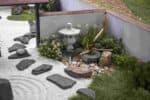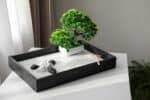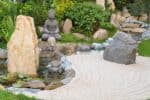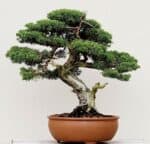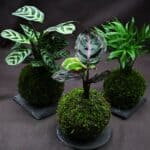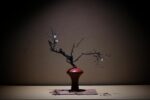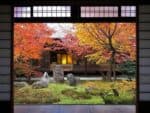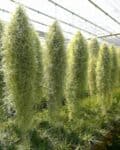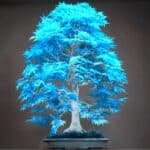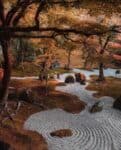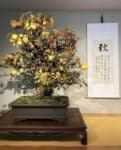If you’re thinking of designing your very own Japanese garden then you’ll want to understand the concepts behind their design. The gardens are meant to be a way for humans to better connect with nature. When you’re planning out your design you might be wondering if your Japanese garden should be symmetrical?
No, Japanese gardens are not symmetrical in their design. This is because the gardens are meant to represent naturally occurring elements like mountains or water which aren’t symmetrical.
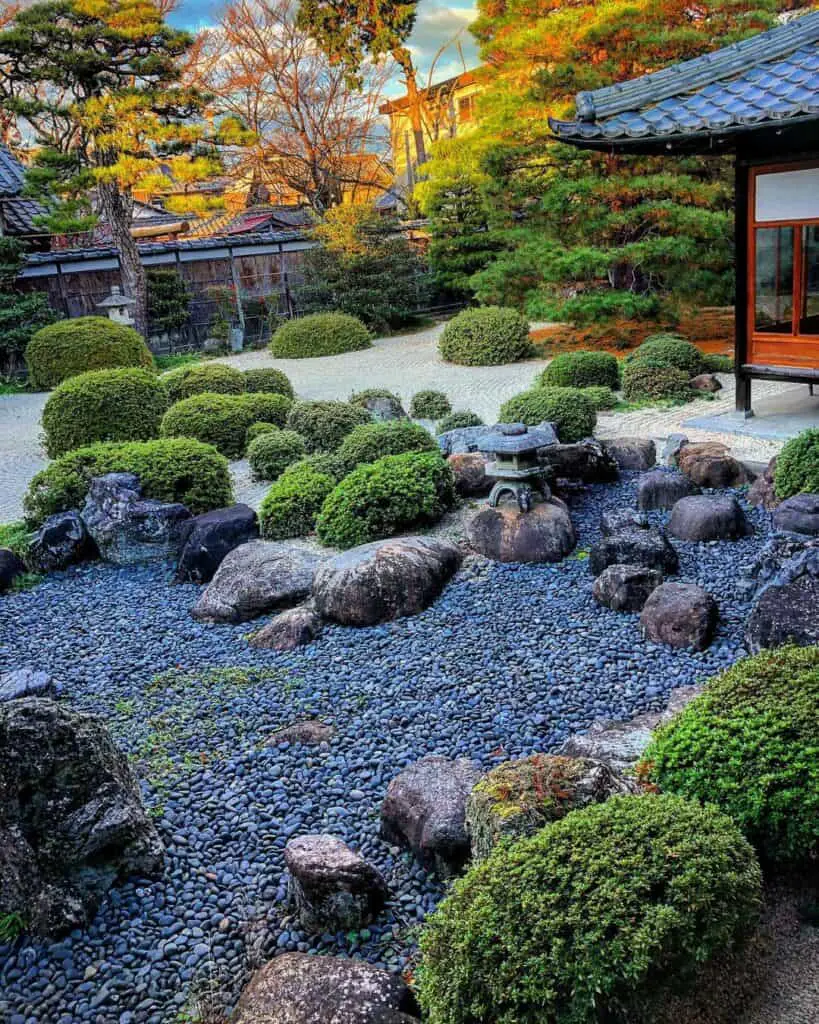

That may seem odd from a western design point of view where design standards are usually symmetrical but that’s not the way a rock garden would be made.
A Japanese garden is quite a personal design. The gardener envisions what they want the garden to look like before building. There are various elements that makeup what a rock garden looks like. As they’re intentionally designed to represent different parts of nature, symmetry doesn’t really come into it.
Why Aren’t Japanese Gardens Symmetrical?
Japanese gardens are supposed to be very simple in design. By restricting yourself to a symmetrical look, you’re limiting what you can achieve. This might sound like something out of the question for perfectionists out there. However, in nature, things are rarely symmetrical and so your rock garden shouldn’t be either.
The look of your garden should intentionally look more random, a statement that sounds quite bizarre. However, once you take a step back to appreciate your work you’ll realise that grouping stones in an odd number will fit the aesthetic and be more pleasing. When designing your garden, you should listen to the rocks and stones you are working with to figure out your design.
The imbalance provided by asymmetry will bring an energy and dynamism to your design. When placing rocks to build your representation of the mountain, you can lay them down in an odd number. Particularly if you are designing a specific mountain : you can choose the amount of rocks that accurately creates the look of the mountain.
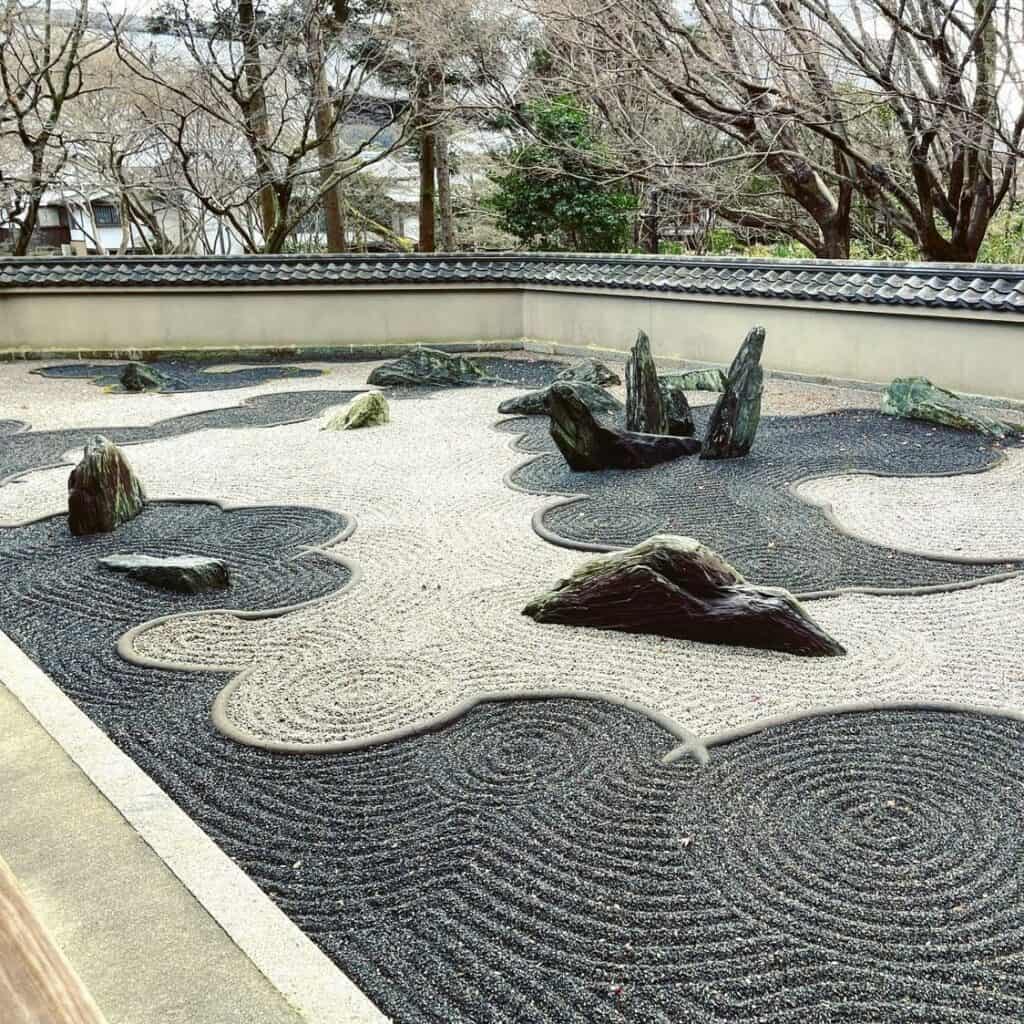
When you’re designing your garden, you want to try to emulate things as they are seen in nature. By trying to keep things symmetrical, you’ll end up with something that doesn’t look quite right. Try to release yourself from the notion that symmetry is best.
What Else Shouldn’t You Do?
Don’t use too many colors. The Japanese gardens should be very subdued in color. Especially when it comes to the stones. You want to keep the colors of your stones to a minimum, and use natural colors like grey. This also applies to the gravel you use: avoid using white gravel, try and stick to grey if you can.
This also goes for any plants or foliage you want to use. Many gardens have trees, moss, or plants in them but you don’t want to be mixing too many colors with them. Green is perfectly acceptable but you need to resist the urge to plant roses or lilies, or anything that will pop.
Don’t add in elements that don’t match the size of the garden. These Japanese gardens are miniaturized landscapes, so adding in something too big will throw off the balance of the design. For example, a small rock collection may be used to represent mountains, that would look out of place next to a good-sized bridge.
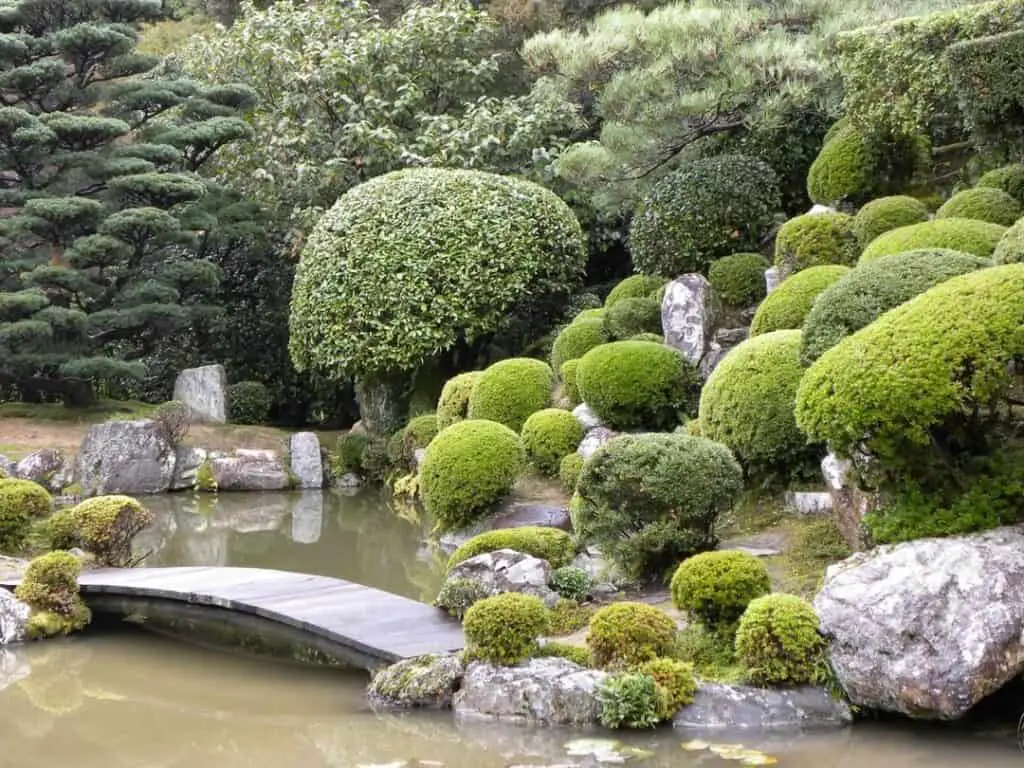
Avoid mixing rock types that wouldn’t occur naturally together. A rock that you would find in the forest is very different from a rock from a mountain, or the desert. Try to stick with rocks and rock formations that are naturally found together.
Plastic should be avoided if possible, as this is a substance that is not naturally occurring so its presence shouldn’t be noticeable. You may need to use plastic to help make waterfalls of ponds but if you can, try to cover them up. Use things like soil, rocks, foliage, or a structure to keep plastic out of view.
What Other Concepts Are Used In Japanese Gardens?
Asymmetry isn’t the only concept you need to be mindful of when designing your garden. There are lots of things that count during this process. Ultimately, the design of the garden should be your own and you should follow your instincts. Japanese gardens have been designed and refined over centuries and there are a few key concepts that should be employed.
One of the most important concepts is to keep it simple. The garden is meant to be a way to connect with nature. You need to take care when selecting plants, water features, rocks, and other elements to help create your desired impression. This is certainly something where less is more. Don’t overdo it.
Use perspective to make the garden seem larger than it is. You can do this by placing larger pieces towards the front of the garden, like a tree or a rock formation. Then placing smaller features towards the back which will give an illusion of depth.
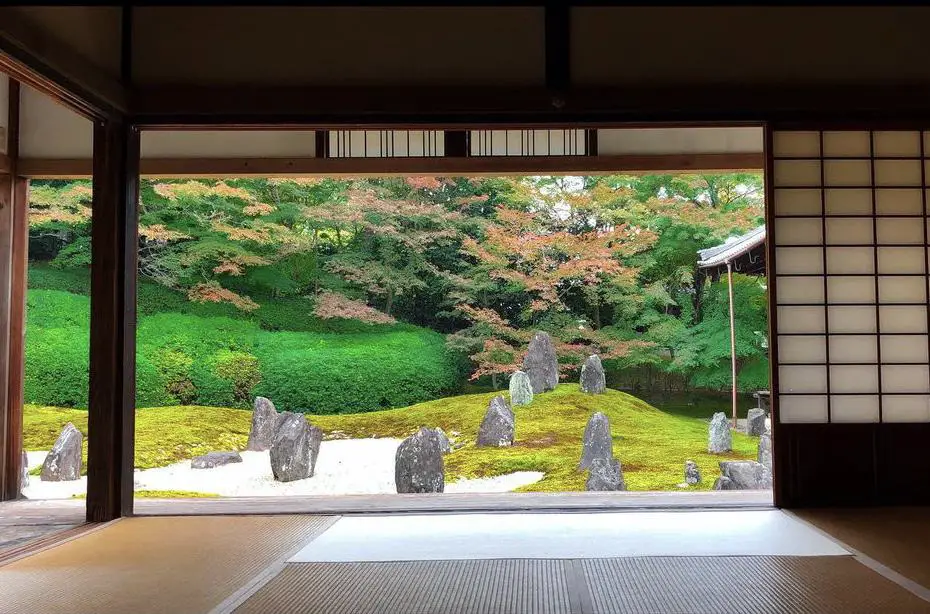
Make it separate from other elements. One of the truly beautiful things about Japanese gardens is that they can be any size. By closing the garden off via fences or walls, you can stop the outside world from interfering with the garden. You can also use trees and shrubbery to help close the garden off.
Depending on where your garden is located, you might be able to include distant views as part of your garden. This is known as shakkei in Japan and literally translates to borrowed landscape. A good example of this is designers in Tokyo and elsewhere will incorporate the distant view of Mount Fuji in their garden design.
Conclusion
If you’re designing a Japanese garden then you should try your best to enjoy the process and do so without any limitations. The rules that have been laid out here are more guidelines, the design of these gardens are exclusive to the gardener. It’s supposed to be a very meditative process to design one so you should follow your heart and connect with the different elements which will help you make your gardens.
